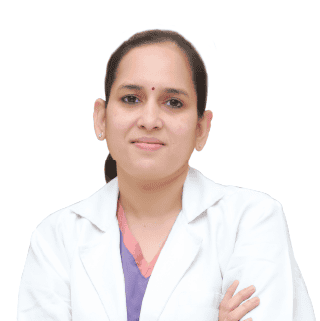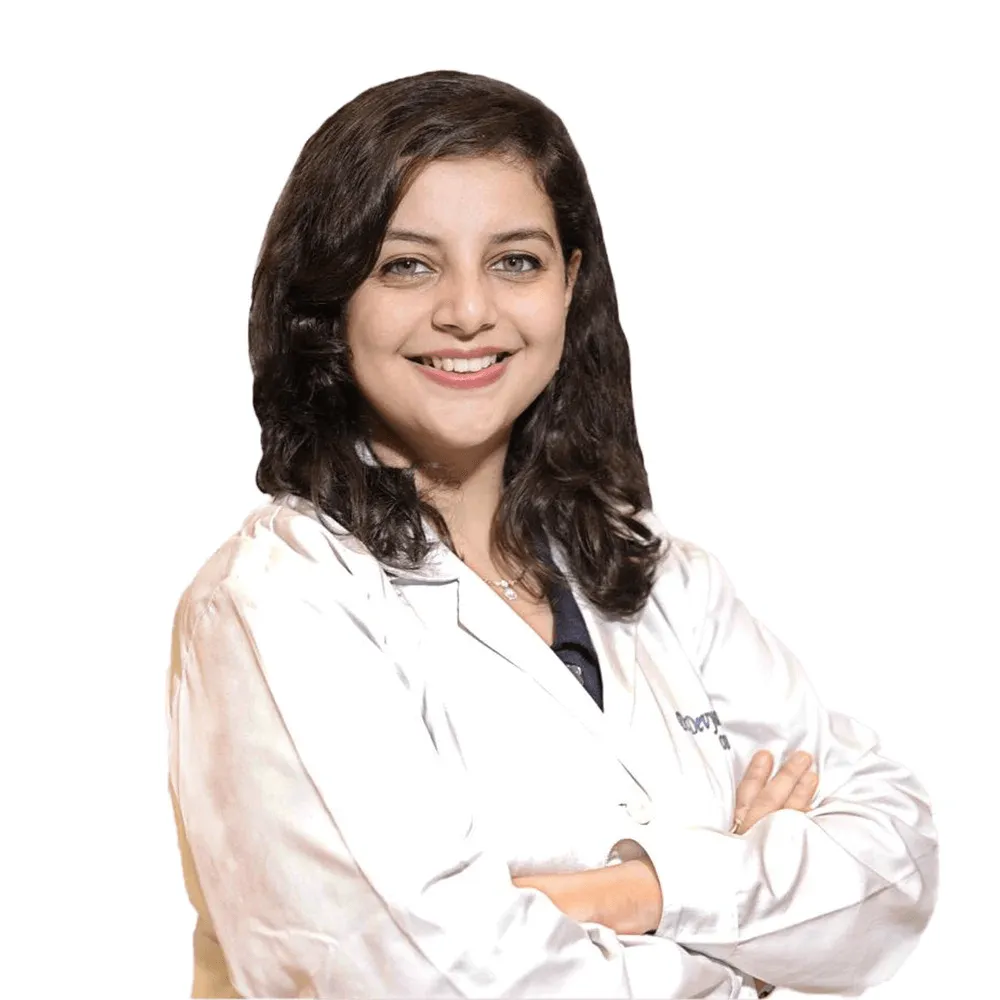
Sperm Abnormalities: Types, Causes & Treatment

Table of Contents
Male infertility is a real problem and contributes to nearly 50% of all infertility cases. The common factors include low sperm count, poor sperm motility, or abnormal sperm morphology. Since male fertility is important for successful conception, the issues related to it cannot be ignored. In this guide, we will get a thorough understanding of one of the key male infertility issues, i.e. abnormal sperm morphology. It refers to structural defects in sperm and can affect the ability to fertilise an egg, even when sperm count and motility appear normal.
Types of Sperm Abnormalities
Sperm are microscopic male reproductive gametes (cells) that deliver genetic material to the egg. A healthy sperm consists of an oval head, a midpiece and a long tail. Structural defects can occur in any part of the sperm, leading to abnormal forms of sperm that cause difficulty in the fertilisation of the egg.
Abnormalities can occur in any part of the sperm and are classified into:
Abnormalities in the Sperm Head
The head of the sperm is the key part that carries the genetic material and penetrates the egg. Common defects related to the sperm head include:
- Large or Small Head: If the head is too large or too small, there is a chance of damaged or incomplete DNA in it, which reduces its ability to fertilise an egg.
- Misshapen Head: If the head has an irregular or asymmetrical shape, it makes it difficult for it to move properly and attach to the egg’s surface.
- Double-Headed Sperm: Abnormal division of sperm during its formation can result in two heads. Such sperm are non-functional and cannot fertilise an egg.
- Pinhead Sperm: The Head of the sperm is the DNA carrier. If sperm have either a very small head or no head at all, it means they lack the genetic material required for fertilisation.
Abnormalities in the Sperm Midpiece
The midpiece connects the head and tail parts of a sperm. It also provides energy through mitochondria so that the sperm can swim effectively.
Common midpiece abnormalities include:
- Irregular Midpiece: When the midpiece is too large, thick, or uneven, it may disrupt energy supply and reduce motility.
- Cytoplasmic Droplets: Sometimes, excess cytoplasm remains attached to the sperm after formation, creating droplets that weigh it down and affect its movement.
- Bent Neck or Midpiece: This abnormality can cause improper alignment between the head and tail, making it harder for the sperm to swim straight.
Abnormalities in the Sperm Tail
The sperm tail, also known as the flagellum, is responsible for its movement. Defects in the tail can make sperm slow, immobile, or incapable of reaching the egg.
Common defects include:
- Coiled or Curled Tail: Sperm with twisted or looped tails are unable to swim efficiently.
- Short or Broken Tail: A missing or shortened tail limits sperm movement, which lowers its ability to reach the egg.
- Multiple Tails: Sperm with two or more tails cannot travel in a straight line, which makes fertilisation unlikely.
- Irregular Thickness: Tails that are too thin or uneven in structure can weaken motility.
Morphological Abnormalities in Sperm
Even if you have a high sperm count but poor morphology, the efficiency of the sperm to fertilise an egg can be reduced. This is because the shape of sperm (morphology) is directly linked to its ability to swim and penetrate the egg.
Common types include:
| Amorphous Head | Tapered or Round Head | Double Head or Tail | Bent Neck or Midpiece |
| A poorly defined head shape affects the sperm’s ability to penetrate the egg’s outer layer. | Sperm may have compromised DNA packaging, which can reduce their fertilisation potential. | These abnormal forms of sperm often lack proper motility. | This structural defect can prevent effective propulsion. |
Diagnosis of Sperm Structure Abnormalities
Semen analysis is the most common diagnostic tool to assess sperm morphology, where specialists examine sperm shape under a microscope.
Normal Range: Based on WHO standards, if more than 4% of sperm are normal-shaped, the sample is considered within the normal range for morphology.
Causes of Sperm Abnormality
A number of factors can contribute to abnormal sperm morphology or structural changes. These include:
- Genetic factors: Damaged DNA or chromosomal abnormalities may lead to malformed sperm.
- Lifestyle habits: Smoking, excessive alcohol intake, drug use, or a poor diet can affect semen morphology.
- Environmental exposure: Contact with pesticides, chemicals, or radiation may damage sperm structure.
- High testicular temperature: Frequent use of saunas, laptops on the lap, or tight clothing can affect sperm development.
- Medical conditions: The following underlying conditions can also cause sperm abnormalities.
- Varicocele (enlarged veins in the scrotum)
- Infections of the reproductive tract
- Hormonal imbalance (low testosterone, high oestrogen)
- Diabetes or obesity
- Medications: Certain antibiotics, steroids, or chemotherapy drugs can also cause temporary or long-term effects on sperm shape.
Symptoms of Sperm Abnormality
Often, men with sperm abnormalities have no noticeable symptoms other than difficulty achieving pregnancy. However, some may experience signs linked to underlying conditions, such as:
- Low semen volume or unusual consistency
- Testicular pain, swelling, or discomfort
- Decreased libido or erectile issues
- Hormonal symptoms like fatigue or loss of muscle mass
How to Treat Sperm Abnormality?
Sperm abnormalities can often be managed or improved with timely treatment. Management depends on the cause, severity, and your fertility goals. The following are some common approaches:
| Treatment Type | How Does It Help? |
| Lifestyle Modifications | Small lifestyle changes can make a big difference.
|
| Medication and Hormonal Therapy |
|
| Treating Underlying Conditions |
|
| Assisted Reproductive Techniques (ART) | In cases of severe morphology issues, fertility specialists may recommend:
|
Conclusion
If you are trying for a pregnancy for a long time without success, consulting a fertility specialist and screening of both partners becomes important. Infertility is not a female issue only; a man can also face infertility problems.
Now that we know sperm structure abnormalities are common and a prominent cause of male infertility, the good part is that they can be treated or managed with timely intervention and the right guidance. At Birla Fertility & IVF, our team of fertility specialists offers modern fertility care that can help identify the root cause and create a personalised treatment plan to improve your reproductive health. Early diagnosis and guidance from an experienced andrologist or fertility specialist can make all the difference in achieving your family goals.
Our Fertility Specialists
Related Blogs
To know more
Birla Fertility & IVF aims at transforming the future of fertility globally, through outstanding clinical outcomes, research, innovation and compassionate care.
Had an IVF Failure?
Talk to our fertility experts

 Our Centers
Our Centers













